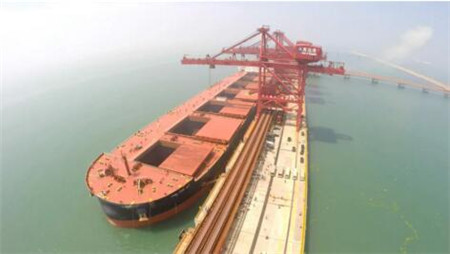Shipowner: The most difficult period for the bulk carrier market may have passed

Some dry bulk shipping companies recently said that the worst period in the industry has passed, and freight rates and asset values are rapidly rebounding from the four-year low a month ago. The accelerated demand for iron ore from Brazil and Australia, as well as good grain shipments, are the main factors driving the daily earnings of large Capesize freighters to the highest level in 2020.
Star Bulk president Hamish Norton said: Demand is growing rapidly, especially for iron ore. We have not seen a sharp rebound in coal prices, but grains in South America are trending well, and it is expected that future US grain trade will also be good. Overall, the spot price trend of iron ore has played its biggest role. But in addition to China, demand in other regions has not seen a significant recovery, such as iron ore shipments to Japan and coal shipments to India and Europe.
Golden Ocean CEO Ulrik Andersen said that the development of the supply side is very healthy, and new shipbuilding orders will be reduced between 2021 and 2022. In the future, the uncertainty of shipping technology and supervision has reduced the volume of new orders, and the fundamental contradiction between supply and demand has eased.
Genco CEO John Wobsensmith said: We are finally beginning to see the growth in demand, and its driving force comes from China. But the market is not calm, and the spread of the Brazilian epidemic has affected mines.
According to data from the Bourse Stock Exchange, the average freight rate of Capesize ships has recently rebounded significantly and has risen to $14,786 per day. And in mid-May, the ship's freight rate once fell below 2,000 US dollars.
In June, iron ore prices tripled due to increased industrial output. ChinaвҖҷs industrial output accounts for more than half of global steel production, driving iron ore trade. Demand for coal continues to shift from Europe to Asia, and China also has new coal-fired power plants under construction. Vietnam's coal imports have experienced substantial growth in 2019, and more growth is expected in 2020 and 2021. From the perspective of usage, coal usage in Europe is decreasing, but countries such as India, Vietnam, the Philippines, and Pakistan are still growing.
|










